Most pet cats are neutered. If your cat came as an adult from a rescue centre, it will have been neutered already. Your vet will carry out the operation on a younger cat once it has reached the age of two months.
Unneutered female cats can breed at four months old, and they will be on heat several times a year. If confined indoors, she will be restless and vocal; if outside, nature will undoubtedly take its course - a male cat can track down a female on heat from miles away, by scent. This is how feral cat populations explode so easily. As a cat owner your foremost responsibility is the health, happiness and welfare of your cat. In 99.9% of cases, neutering is nothing short of essential. If you are breeding pedigree cats it’s a different matter, of course; but you must still ensure the best possible lives for your mom cat and her kittens.
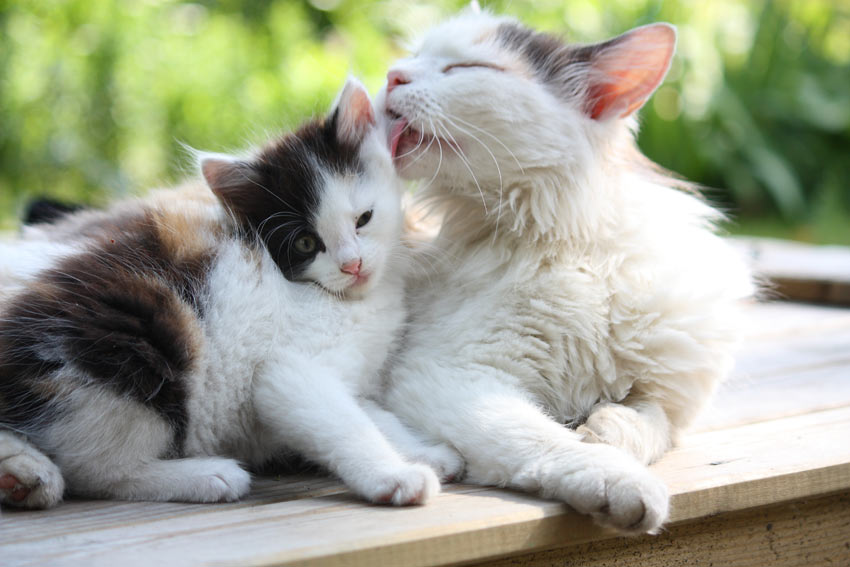
A mother cat cleaning her kitten's coat
Cat Mating
When two cats want to mate the female will show her willingness by crouching down low and treading her back paws with her tail pulled to the side. The male cat will mount her and bite her neck. The female cat will yowl loudly as the barbs on the males penis will cause her pain. She may even turn to attack the male. After mating the female will seem very agitated and will roll and thrash around. This is normal behaviour. The whole mating process can take between 30 seconds to 4 minutes. A female can mate up to 30 times during one estrous cycle.
How Do I Know If My Cat Is Pregnant?
If you haven’t had your cat neutered it is fairly likely she will become pregnant at some point unless you keep her inside constantly. There are some cat pregnancy signs you can look out for to tell if she might be pregnant.
Your cat will not show signs of heat when you would usually expect her to, although this may not always be the case. If your cat has been in heat and has been outside, pregnancy could be very likely. At 15-18 days into her pregnancy your cat's nipples will become enlarged, and red. You will notice her swollen abdomen. She may have more of an appetite, and you may notice nesting behaviour. She will find a quiet place, usually a cupboard or under a bed, and make a nest. Your cat may also display maternal behaviors such as more purring than usual and she may be more affectionate.
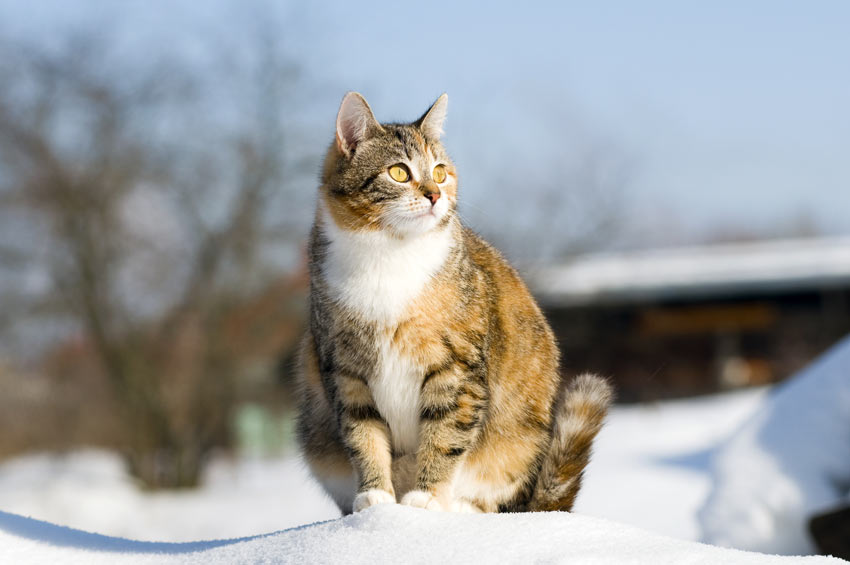
A pregnant cat sitting outside on the snow
Pregnant Cat Behavior
A Mom cat (known as a Queen) will go about her usual daily routine, until the last week of her nine-week term. At this point she will find somewhere to hunker down and await the big day. You can assist her by setting up a comfy “nest” somewhere quiet, away from noise and disturbance.
She will need 25% more food during the pregnancy, and until the kittens are weaned. A protein-rich kitten food is the perfect supplement. Plenty of water is needed too.
Litter sizes usually fall in the 4 to 6 bracket, with up to 9 possible. The gap between the delivery of each kitten is anything from 10 to 60 minutes. The Queen is very good at cleaning up after the birth, licking her kittens lean and usually eating the placentas - something the animals need to do in the wild to avoid detection by predators.
Stages of Cat Birth
Labour is broken up into 3 stages. Speak to your vet for advice on what to expect and how to manage a birth prior to your cat going into labour.
Stage 1
The first stage usually lasts 12-36 hours. This stage is the ‘going into labour’ stage. Signs of this stage include restlessness, pacing, vocalisation, excessive grooming, or panting. A lot of the time this stage will pass by without you noticing.
Stage 2
This stage of birth is when your cat gives birth to her kittens. Her contractions will build and become more frequent usually with intervals of 2-3 minutes. The amniotic fluid will come through first and then active straining will begin. It will be around 30 minutes to an hour before the first kitten emerges. The kittens can be born head first or rear paws first. Once the head is out your cat should take an additional 1 or 2 strains before the kitten is out.
Stage 3
After the kitten is born the mother will break the sack, chew the umbilical cord, and begin to clean her kittens. The placenta will pass after each kitten. You should count each kitten and each placenta to ensure there isn’t a placenta left in your cat which could cause an infection. If you believe there is a placenta yet to be passed you should contact your vet. There is usually a 30-45 minute wait until the next kitten is born. The mother will usually eat the placentas as a placenta is full of nutrients and hormones that she needs to replace.
If you have an expectant Queen in the house, speak to your vet. They will advise you on what to do; although, in general, unless there is an obvious need to intervene, the usual advice is to let the cat get on with it. She knows what she’s doing.
Keep the delivery room warm, and have fluffy towels on hand in case the Queen is too tired to shelter and suckle her charges immediately.
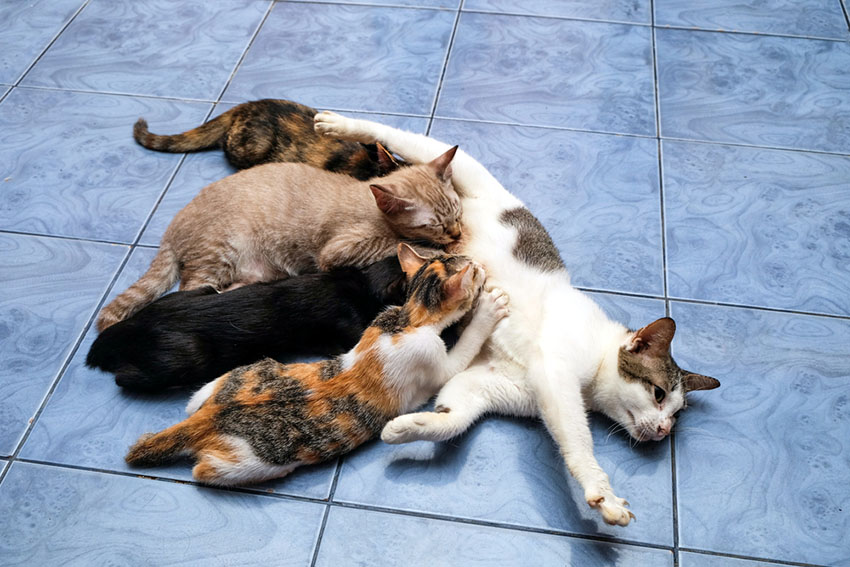
A mother cat feeding her rapidly growing kittens
Why Do Cats Carry Their Kittens?
A Queen will do this to get her young ones out of trouble, bringing them back to the safety of the nest.
If she is disturbed - by too much noise, too many people, strange smells, etc - a Mom cat may move her kittens to another location, carrying them by the scruff of the neck. In extreme cases of disturbance she may even kill her kittens.
When to Phone the Vet During Kittening
With a problem in delivery, you’re facing a life or death situation. This guide can do no more than urge you to speak to an animal medical expert before your cat gives birth.
If any of the following occur, phone the vet at once (or act on advice you have already received from the vet):
- Contractions still taking place after 24 hours, but no sign of the cat straining to give birth
- Straining for more than 30 minutes with no sign of the kitten
- No further kittens, one hour after the appearance of the first one
- The cat becomes exhausted and weak
- kitten partly-delivered, but stuck
- The gory stuff - excessive bleeding, lots of greenish discharge when there is no sign of a kitten, or a prolapse
- Mastitis (an infection of the milk glands and teats)
- Abandoned kittens
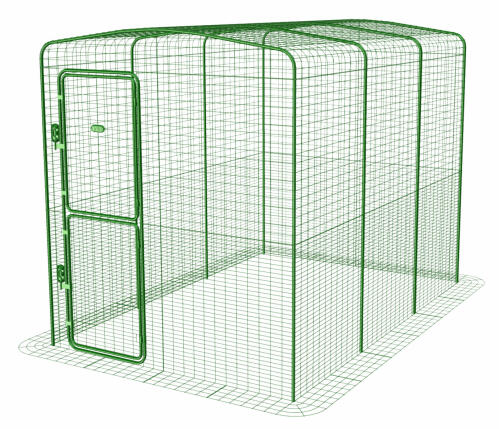
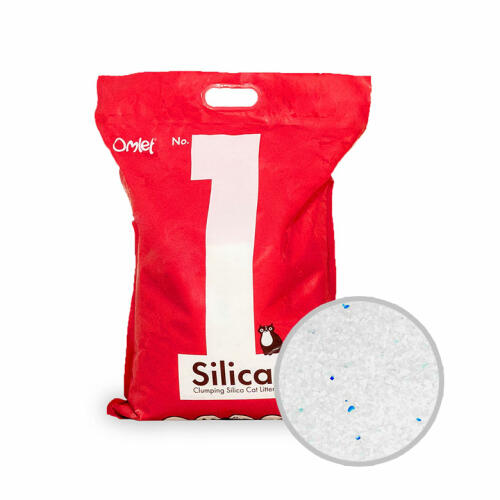


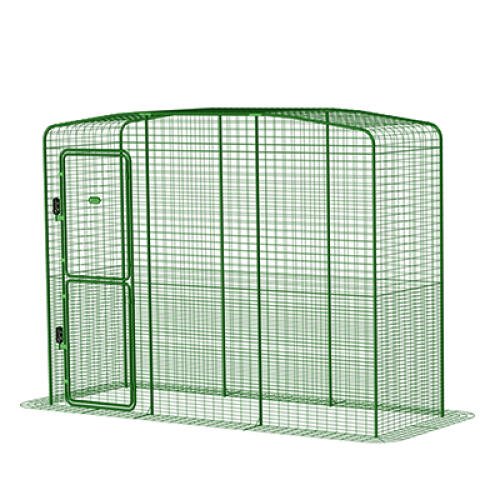
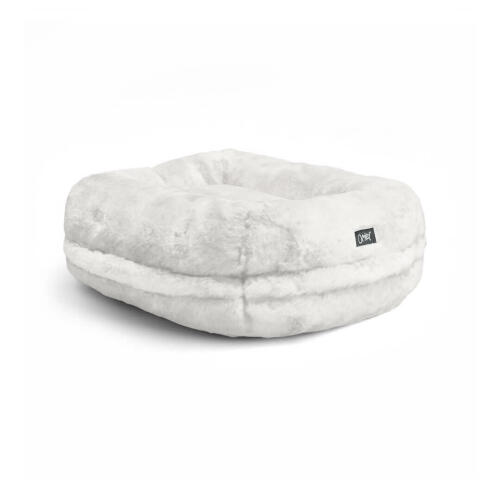
Comments
There are no comments just yet